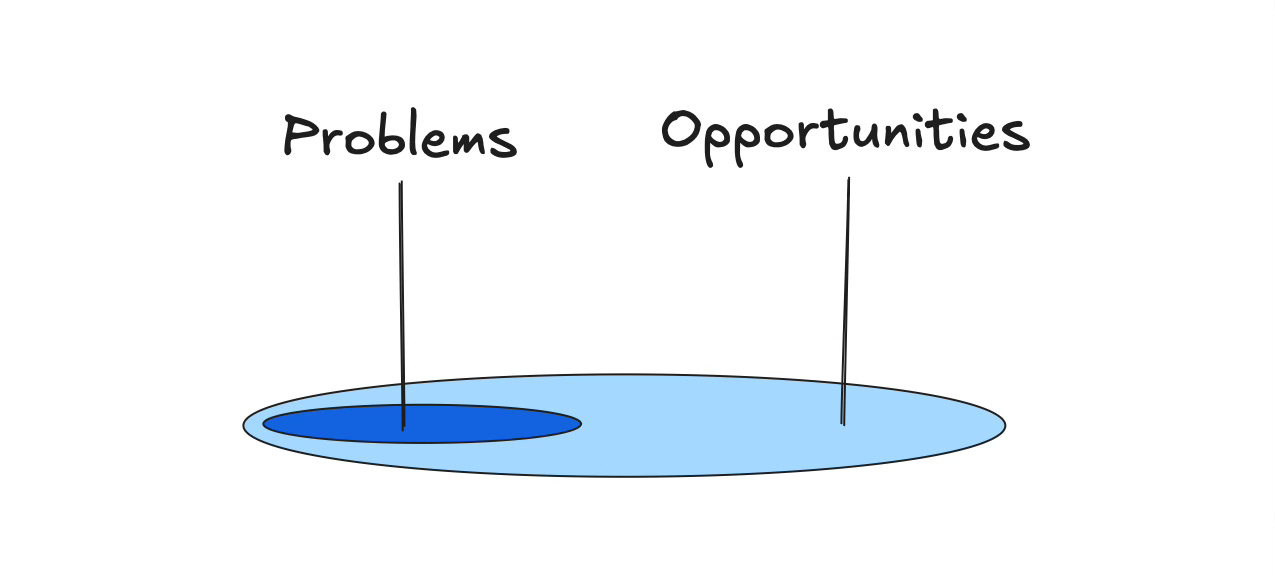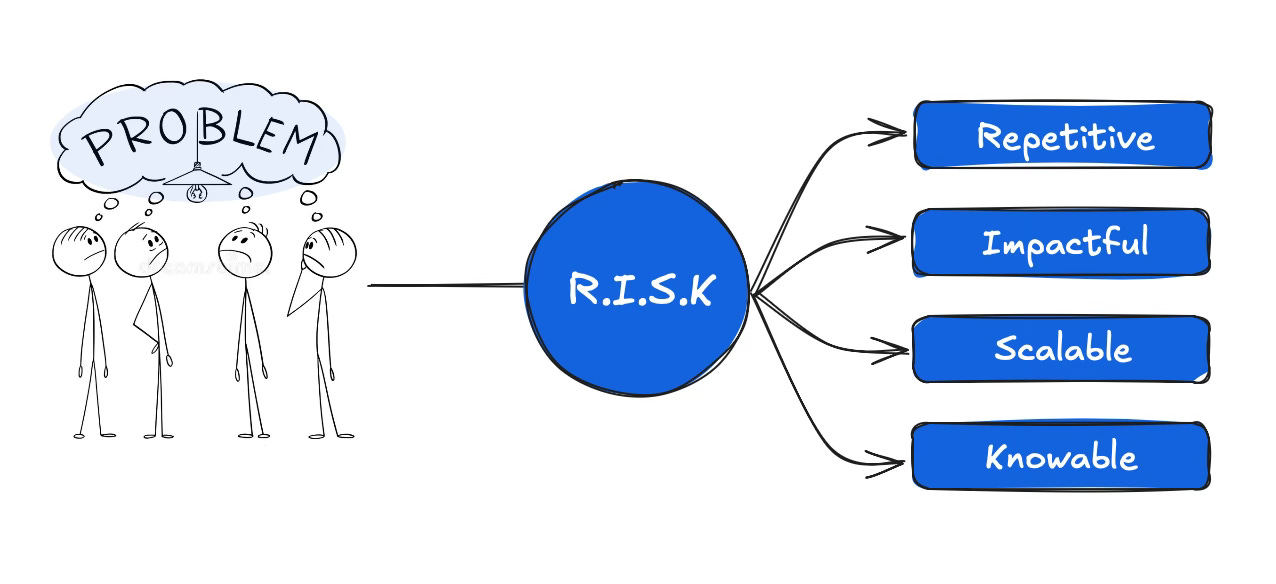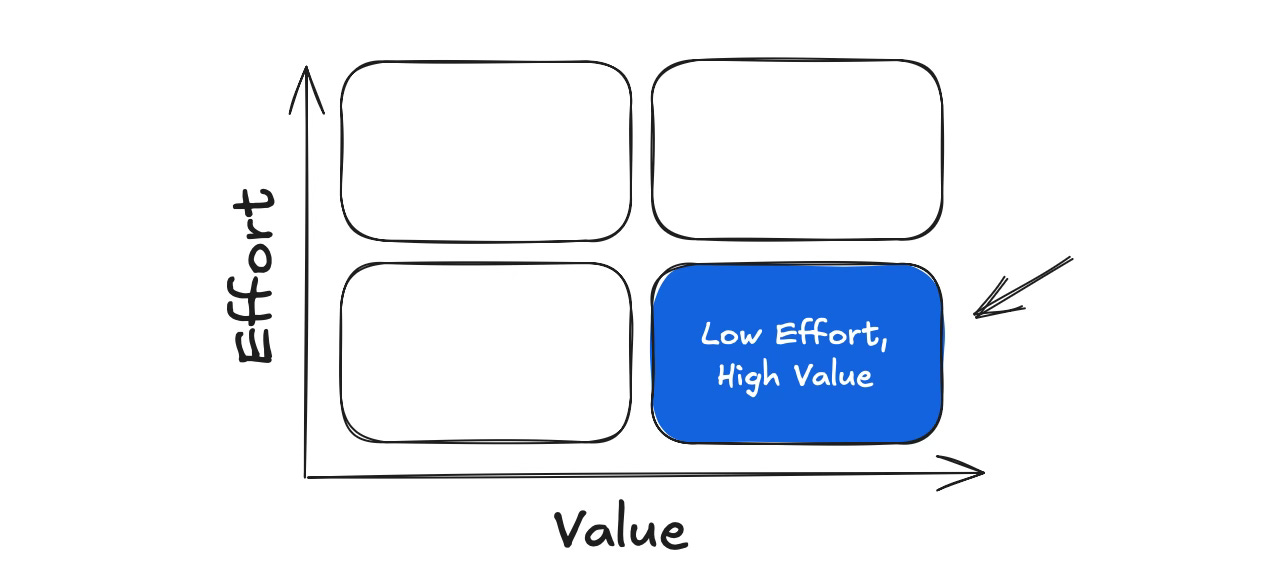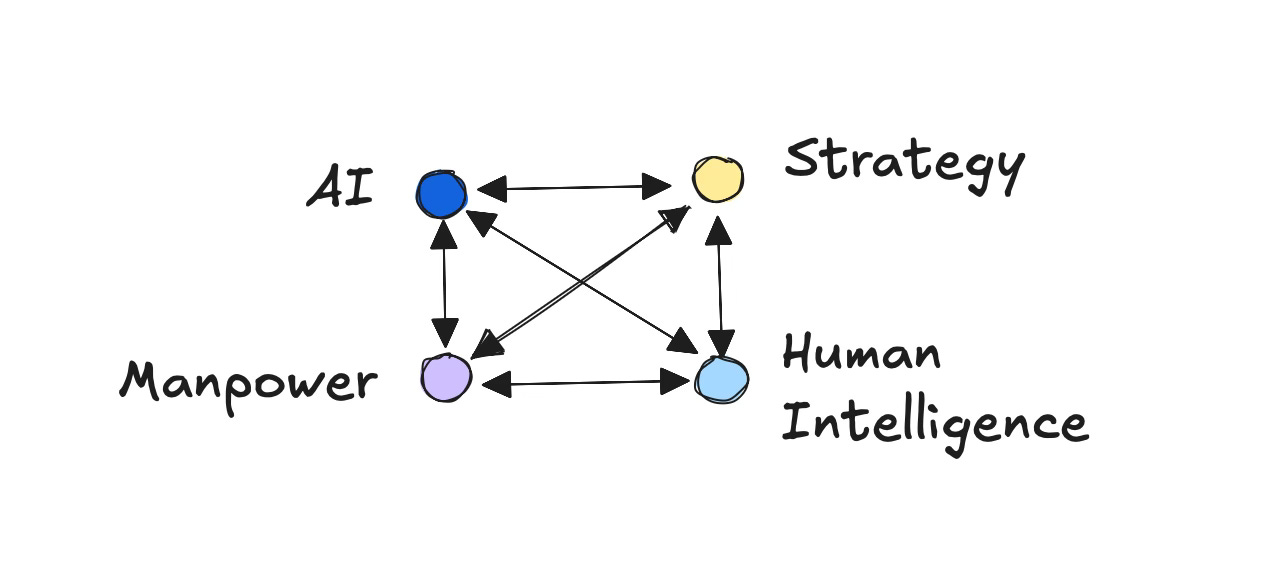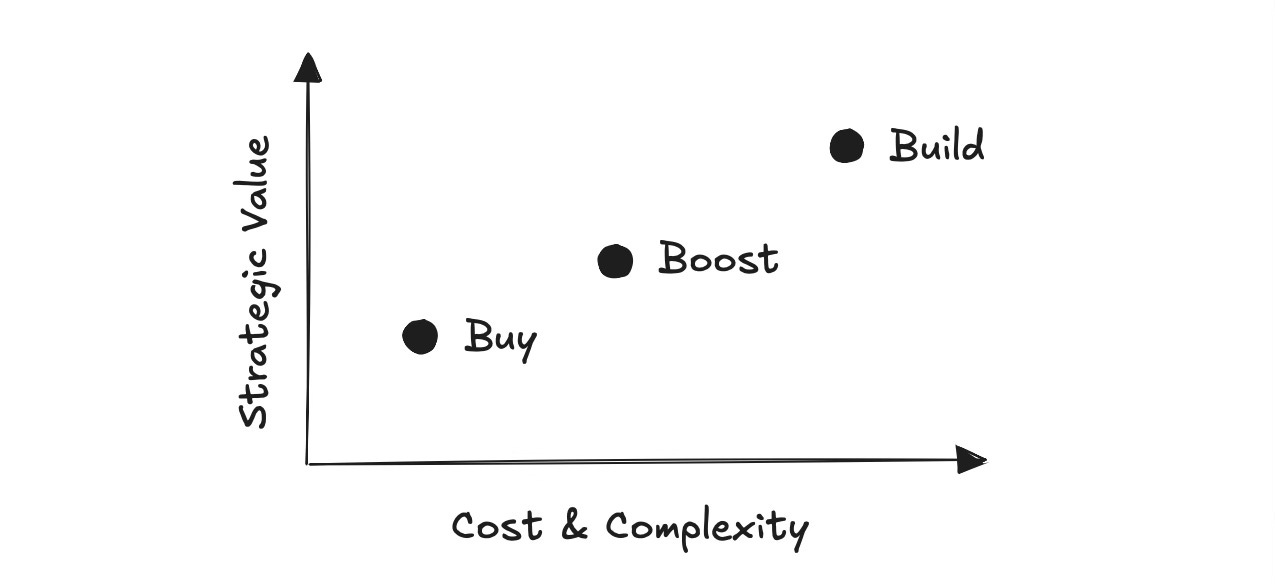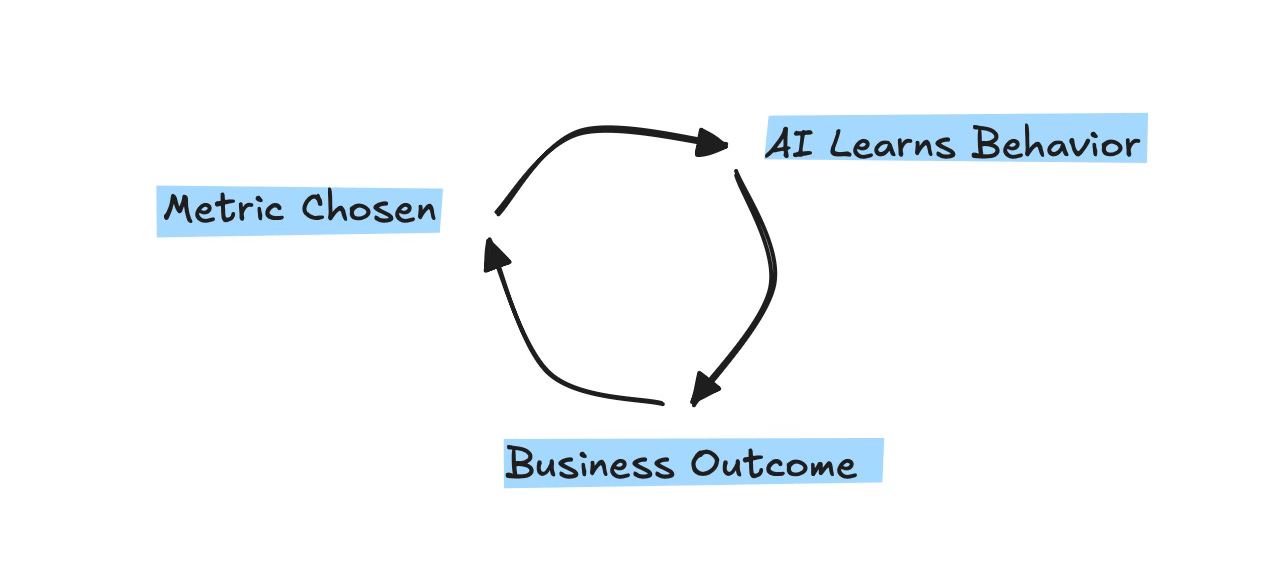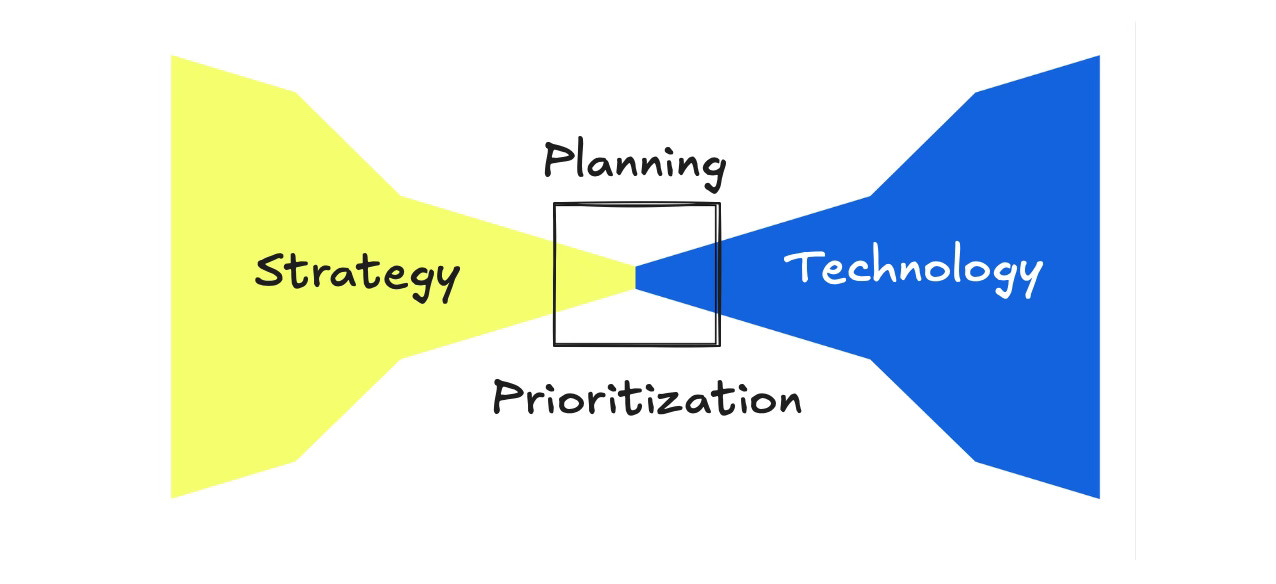Hello & welcome to this series👋
I’ve spent the last 23 years of my life consulting and coaching business leaders.
Delivered 100s of seminars and trainings on Marketing and AI.
And after about a quarter of century, if there’s one thing I’m confident about, it’s this…
Most AI business-advice you find on Google search are crap!
Why? Because:
Those are written for students and engineers. Not for executives.
Valuable articles don’t rank. And SEO-optimized crap can’t deliver.
The minimum-wage content writers aren’t AI experts.
So in this series, I decided to share with you the fundamentals of AI Implementation that every CEO and executive should know.
In the coming 10 newsletters, we’ll dive deeper and upgrade your knowledge… one step at a time.
By the end of this series:
You’ll be an expert of AI
You’ll know exactly what your company needs and how to get it
And you’ll save months (if not years) and millions that otherwise would’ve been wasted in trial & error
This is the first newsletter: 10 Rules For Driving AI Transformation— Ones You Won’t Find On Google
Let’s begin,
Rule 1: Start with a real problem, not an AI opportunity
Don’t start with “What can we do with AI?”
Start with “What are the problems where AI may help?”
AI’s strength is prediction.
Identify tasks where better predictions can reduce cost, improve accuracy, or accelerate speed.
Avoid vague goals like “improve productivity.”
Instead, pinpoint areas like:
Forecasting demand
Prioritizing leads
Resolving support tickets
The tighter the problem, the higher your chance of success.
Rule 2: Evaluate the problem using the R.I.S.K. filter
Not every problem needs AI.
If solving that problem is not paying off it’s AI expense, do it manually.
Use the RISK checklist:
Repetitive: The problem happens often and predictably.
Impactful: Solving it will save a lot of time or money.
Scalable: It effects multiple people or departments.
Knowable: There’s enough data to learn from.
If the use case fails this test, AI may not deliver a return.
Rule 3: Start small with “no-regret” use cases
Don’t aim for transformation on Day 1.
Start with low-risk, high-value use cases that require minimal change.
Examples:
AI chatbots to reduce call volume
Email routing using natural language
Document classification for faster processing
These early wins build momentum and help teams trust the system.
Rule 4: Redesign the process, not just the task
AI is not a plugin. It changes how decisions are made.
Old workflows built for human judgment.
They’ll break if you impose AI in it forcefully.
Instead, redesign the system and give AI its role.
For example:
If AI scores leads, reassign sales reps based on those scores.
If AI predicts late shipments, give logistics teams the ability to act on alerts.
AI works best when embedded in a new process — not added to an old one.
Rule 5: Don’t build what you can buy
There are three ways to implement AI:
Buy: Use prebuilt tools (e.g., ChatGPT, Microsoft Copilot)
Boost: Customize them with your own data
Build: Train models from scratch
Unless you have proprietary data and strong in-house talent, avoid building.
Buy first.
Boost when needed.
Build only if there’s long-term strategic gain.
Rule 6: Prioritize data readiness before model selection
AI quality depends on the quality of data.
Don’t invest in AI until your data is:
Centralized across departments
Clean, labeled, and structured
Collected at the right points in the process
Without this foundation, AI will amplify confusion instead of driving clarity.
Rule 7: Train your teams, not just your models
AI systems require human oversight, tuning, and improvement.
Train your teams on:
How to use the AI tools correctly
What the AI is predicting, and what it’s not
When to trust AI and when to override it
AI adoption depends on confidence — and confidence comes from understanding.
Rule 8: Align AI outcomes with business incentives
AI optimizes what you measure.
If you reward the wrong metric, you’ll get the wrong behavior.
For example:
An AI trained to reduce costs may cut quality.
An AI trained for speed may increase risk.
Define clear performance metrics that balance accuracy, efficiency, and customer outcomes.
Rule 9: Plan for scale from the beginning
AI is not a tool — it’s a system.
Once successful in one area, it often creates opportunities in others.
Prepare by:
Documenting processes and decisions
Creating data pipelines that can be reused
Building modular components
AI gains value as it scales — but only if you design it that way.
Rule 10: Treat AI as a strategic transformation, not a technical project
AI affects how decisions are made, how teams work, and how customers are served.
It must be led by business leadership — not delegated to IT.
The CEO should define:
What success looks like
Where the risks lie
How adoption will be tracked
Without executive ownership, AI will remain a tool — not a competitive advantage.
Conclusion
AI success doesn’t depend on size, funding, or technical depth.
It depends on clarity of purpose, discipline in execution, and leadership from the top.
Follow these 10 rules, and you’ll set the foundation for lasting impact.
P.S. Whenever you’re ready, here are 3 ways I can help you with AI:
Personalized Newsletter: I send you a premium, completely-personalized newsletter every week. The newsletter contains every information and news I believe is important to your company and you.
1:1 AI Consulting: I schedule a zoom meet with you and discuss your project. Here, I give you solutions to all the bottlenecks in your project, and even help you draft strategies and plans.
Coaching & Training: I deliver either a one-time seminar to you and your team. Or deliver a series of multi-day training.


